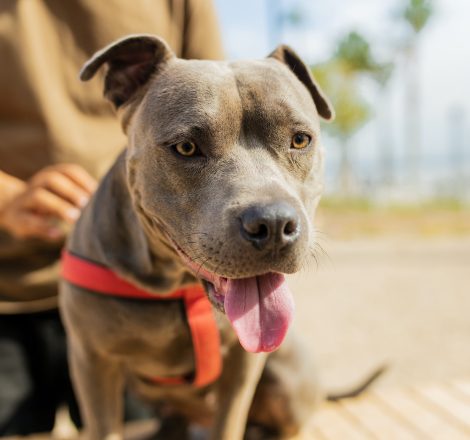While pets are property under the law, they are a critical member of the family to most of the Americans who own them. A 2016 study at Duke University found that many people will mistakenly call loved ones by their dog’s name. This is because our brains put pets and human loved ones in the same category – family.
For many, breed restrictions in housing insurance create a terrible choice: having a safe, affordable, and accessible home or separating from a beloved family member.
These restrictions do not simply run the very real risk of separating dogs from owners, they separate and traumatize families.
Financial and Practical Consequences
Breed ban lists reduce available and accessible housing. In order to keep their pet, people may need to move to a more expensive area, an area further away from their job, change their child’s school, change jobs, or a myriad of other issues that can cause financial strain and reduce diversification in communities.
When people are unable to keep their dog, the dog often ends up in a shelter. This puts a strain on community resources and funds – resources and funds that would better serve the community elsewhere.






